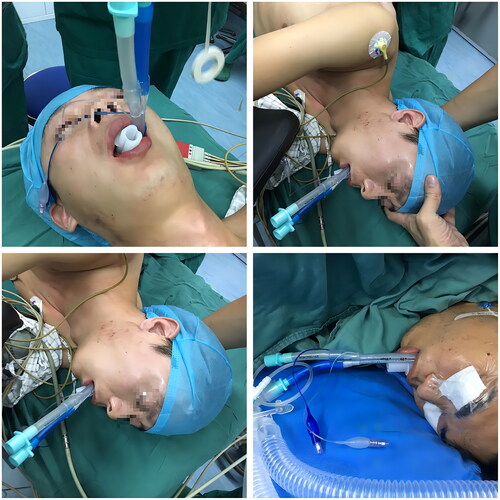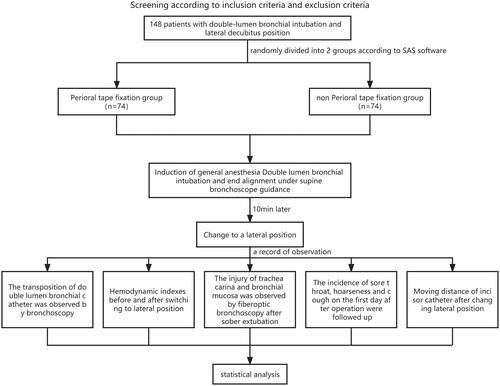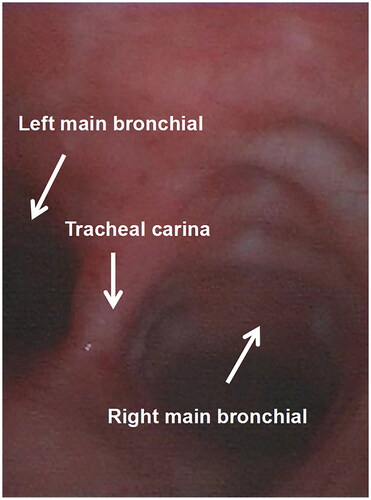Figures & data
Table 1. The general characteristics of patients and comparison between the groups.
Figure 4. The cuff end dislocation and misalignment of the DLT after lateral Decubitus position in the two groups (n = 74).
Note: Compared with group I, αP < 0.05.
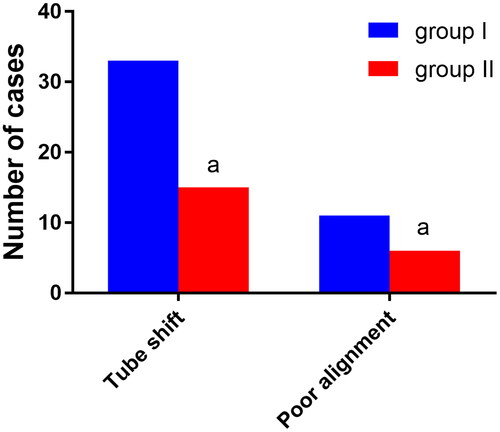
Figure 5. Hemodynamic changes before and after changing to a lateral position in both groups (± s), n = 74.
Note: Compared with T0, αP < 0.05.
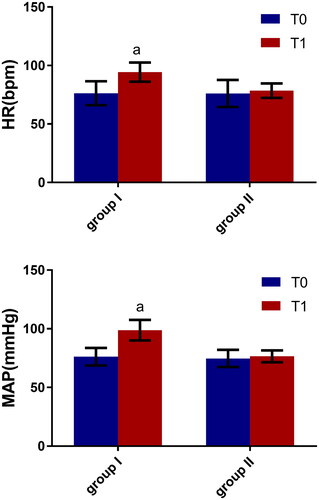
Figure 6. Comparison of injury to the tracheal carina and bronchial mucosa (n, %), n = 74.
Note: Compared with group, αP < 0.05.
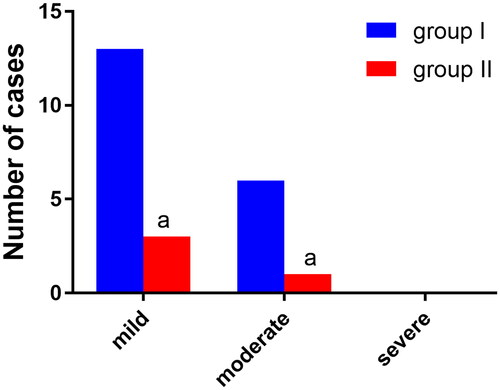
Figure 7. This is a Photograph of the tracheal mucosa of the patient in group I. it can be seen that the cuff end of the DLT is displaced outward, and the carinal mucosa is damaged, bleeding, and edema due to repeated catheter displacement.
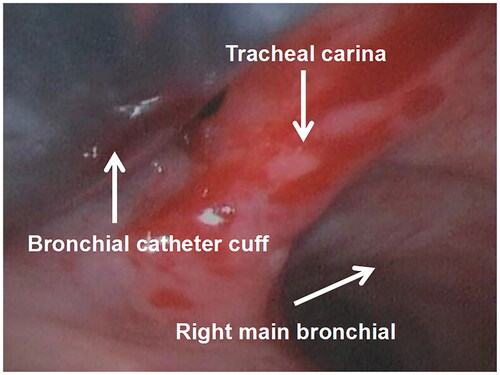
Data availability statement
The datasets used and/or analysed during the current study available from the corresponding author on reasonable request.

